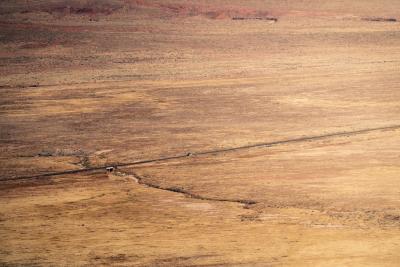Projected Compound Heatwave and Drought Extremes in the United States
Recent U.S. research reveals that simultaneous heatwaves and droughts, termed compound heatwave-drought (CHD) events, have more severe impacts than when occurring separately. These CHD events are expected to increase in frequency and intensity, particularly in the Southwest, South Central, and Southeast regions. Utilizing advanced climate models, the study underscores the urgent need for strategies to adapt to and mitigate the effects of these compounded extremes, which threaten water resources, energy systems, agriculture, and health.
Our study addresses the increasing occurrence of concurrent heatwaves and droughts, with a focus on their impact on communities and the environment. Utilizing advanced climate models, we've found that such extreme events are expected to intensify, particularly in the Southwest, South Central, and Southeast United States. Our research enhances predictions of these combined phenomena, providing essential data for climate scientists and stakeholders in the energy, agriculture, water management, and public health sectors to better prepare for future climate-related challenges.
Recent research utilizing CMIP6 global climate models (GCMs) has analyzed the past and forecasted future of compound heatwave-drought extremes in the contiguous United States. The study employed the Standardized Precipitation Index (SPI) and the Standardized Precipitation Evapotranspiration Index (SPEI) to evaluate drought conditions on a regional scale. Findings show significant variations among GCMs and differences in projections depending on the chosen drought index and region.
Projected increases in the area affected by compound heatwave-drought (CHD) days, as well as the intensity and frequency of these events, are expected across most of the United States. Notably, SPEI-based projections suggest more substantial increases in drought and CHD days than SPI-based ones, indicating the influence of drought index selection on CHD projections. The Southwest, South Central, and Southeast regions may experience the greatest rise in compound extremes, while the Northeast may see the least change. The research emphasizes the critical role of GCM selection for regional climate impact studies and the development of adaptation measures. It also calls for improved observational data to enhance GCM evaluation and selection over time.

